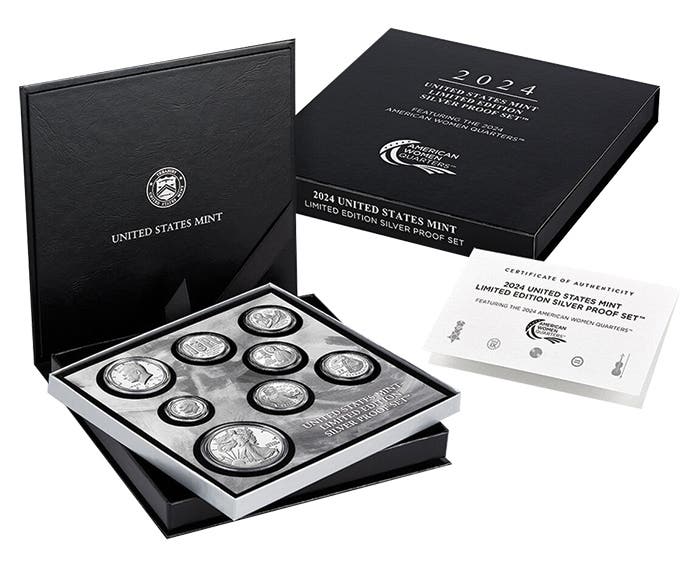More than one Trumbull painting
Is the design on the 1976 $2 note the same as the Trumbull painting in the Capitol? Trumbull’s 1817 painting hangs in the Capitol Rotunda. In that painting some of…
Is the design on the 1976 $2 note the same as the Trumbull painting in the Capitol?
Trumbull’s 1817 painting hangs in the Capitol Rotunda. In that painting some of the signers were left out. As a result, the design on the note more closely matches an earlier Trumbull painting hung in the gallery of Yale University.
Can you legally refuse to accept notes or coins that are declared as legal tender?
There has been quite a discussion going on about legal tender on the Internet over the years. One participant argued (unsuccessfully) that if legal tender is offered and refused a debt is canceled. Actually, there is no law forcing anyone to accept legal tender. Merchants are obligated to post signs to describe what is not accepted.
I’ve started a topical collection of Christopher Columbus notes. I have those made in the United States, but where else can I look?
One place to look is El Salvador, where Columbus has been depicted on the backs of most of the notes since 1938.
Was an actual person used as the model for Britannia on English coins?
There are at least three answers to this question. Samuel Pepys in his diary, on Feb. 25, 1666, wrote, “Kings Medall which he saw that day had Miss Francis Stewart’s portrait, as well done as ever I saw anything in my whole life.” The second version is that it was based on an earlier Roman design. The third version is that the model was the mistress of Charles II, Nell Gwynn.
When was the first Liberty Bond issued?
If you placed your bet on the period during World War I, you would lose by a wide margin. The first such bond was issued in 1789, for $20,000, to the Bank of New York, which loaned the U.S. Treasury the money to get started. Others were issued during the Civil War as well. That first bond was hand written and signed by Treasury Secretary Alexander Hamilton.
In a previous question you mentioned that it wasn’t until the 18th century that the letter “U” was separated from the “V” that had been in use since Greek and Roman times. Do you have any specific information as to who was responsible for the division?
Research, thy name is conflict. One source says the Romans added the “U” to their modified Greek alphabet in A.D. 1000. A second source confirms that era, noting that “V” was used as an upper case and “u” as an uncial letter for several centuries. However, another source says the letter “U” as a vowel was separated from the consonant “V” by “16th century Dutch scholars.” Whichever, it wasn’t until the 1800s that use of the letter became widespread and it appeared in English dictionaries.
E-mail inquiries only. Do not send letters in the mail. Send to Giedroyc@Bright.net. Because of space limitations, we are unable to publish all questions.
This article was originally printed in Numismatic News Express. >> Subscribe today
More Collecting Resources
• If you enjoy reading about what inspires coin designs, you'll want to check out Fascinating Facts, Mysteries & Myths about U.S. Coins.
• Keep up to date on prices for Canada, United States and Mexico coinage with the 2016 North American Coins & Prices guide.









